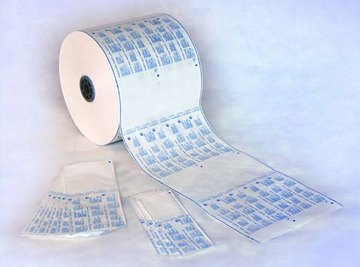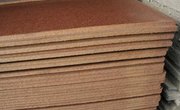
The demand for synthetic materials that have very specific features is high, because of their ability to find their way into various applications. One such material is Tyvek, which is a brand of high-density fibers that have been flashspun and offer a high tensile strength while able to filter out small gas particles. It is used in fields such as medicine packaging.
Identification
Tyvek looks like paper, with the same coloring and texture. It can even be written on. However, it is actually a plastic made of high-density polyethylene fibers. The material is very strong and it's very hard to tear. However, sharp instruments like scissors can cut through the material. Tyvek is pretty easy to identify when you know what to look for.
Features
Tyvek has a number of features that make it ideal for the applications for which it is used. For one, it is a lightweight material that makes it great for use in envelopes and packaging, because it's easier to ship and move. It is slightly thin, allowing water vapor to pass through it, but not liquid water. It is also tough for its thickness and weight, which means it can stand up to some abuse. It is highly flammable, however, just like paper.
Function
Tyvek is used in many different fields where lightweight, water-resistant material is needed. In the medical field, it is used as packaging for instruments and as part of some bandages. UPS uses Tyvek to make some of its envelopes, and some companies use the material to create sleeves for CDs and DVDs. Other uses for Tyvek include overalls for painters or those working with light hazardous materials, ground covers for campers, and as windbreakers.
History
Tyvek was discovered in 1955 by Jim White, a researcher for Dupont, which now manufactures Tyvek. He was looking closely at the piping in other experiments and saw polyethylene fluff coming out that he then turned into Tyvek. In 1965, it was patented and named, and it was sold commercially in 1967. Since then, it has become a sought-after and important material across the globe.
Considerations
When you are looking to throw away anything that is made of Tyvek, remember first that it can be recycled. However, though it resembles paper, it should not be recycled along with paper. Its makeup is plastic, so it should be recycled with plastic bottles and bags and other similar materials. Though some recycling companies do not pick Tyvek up or sort it correctly, you can still recycle your Tyvek through a program set up by DuPont.
